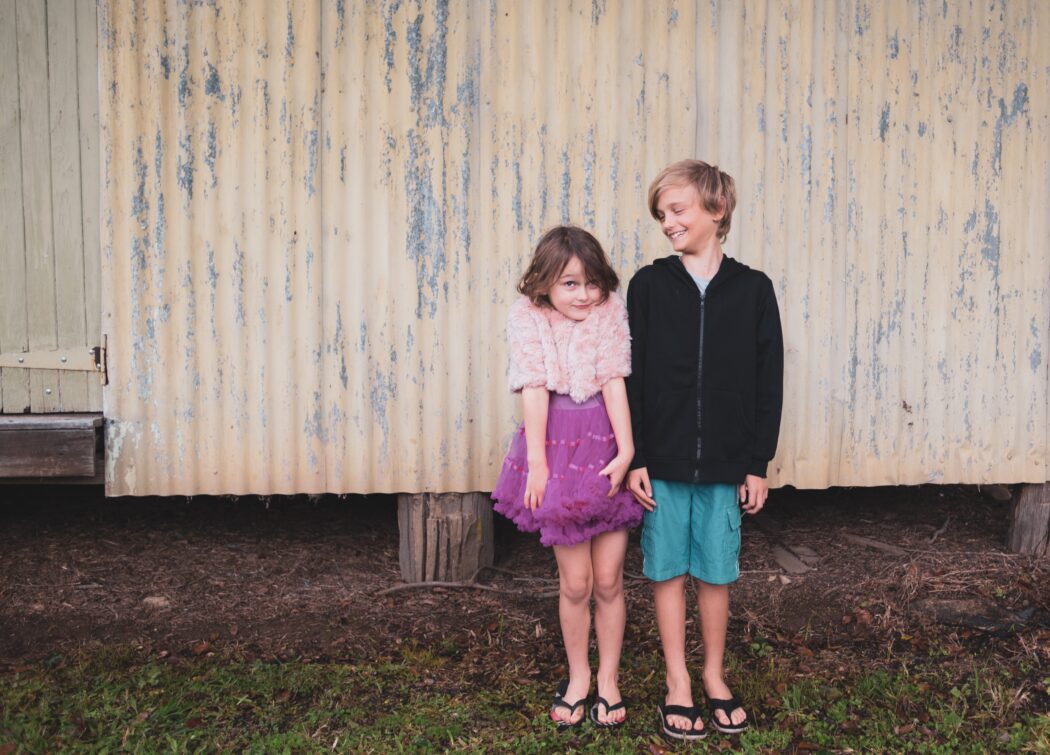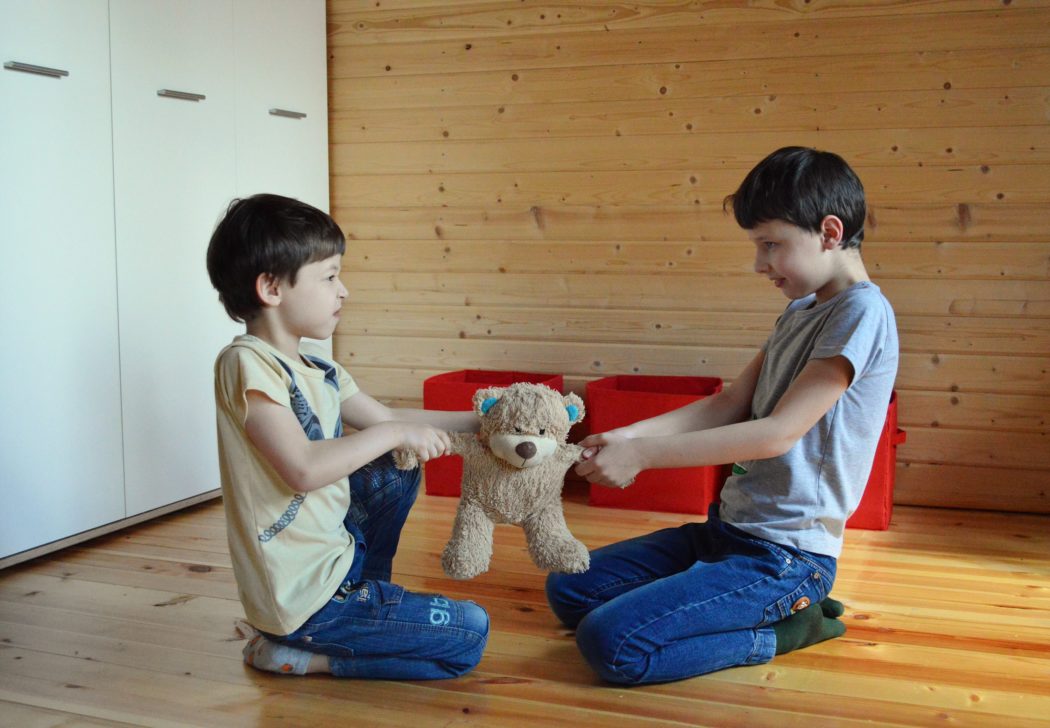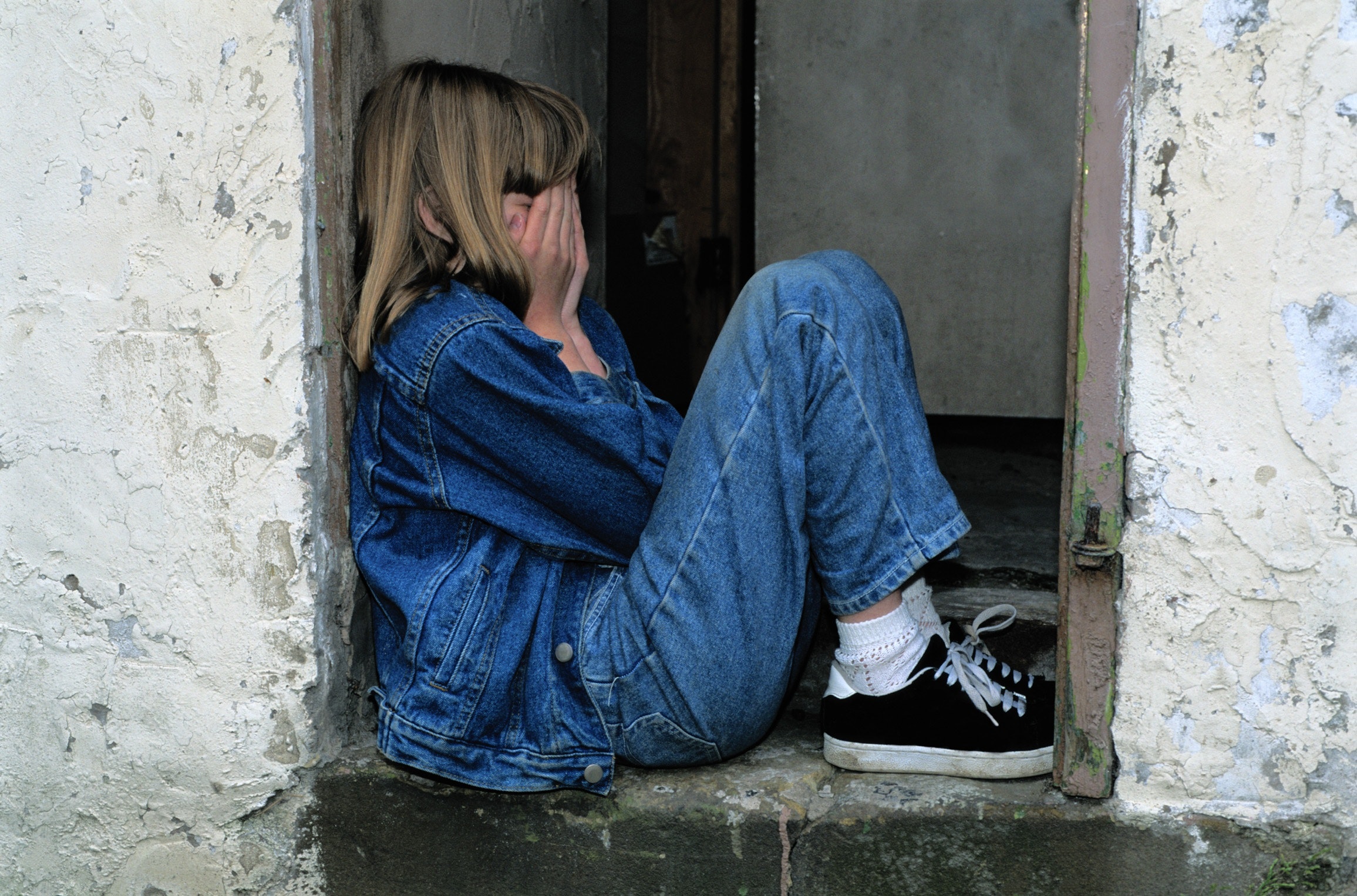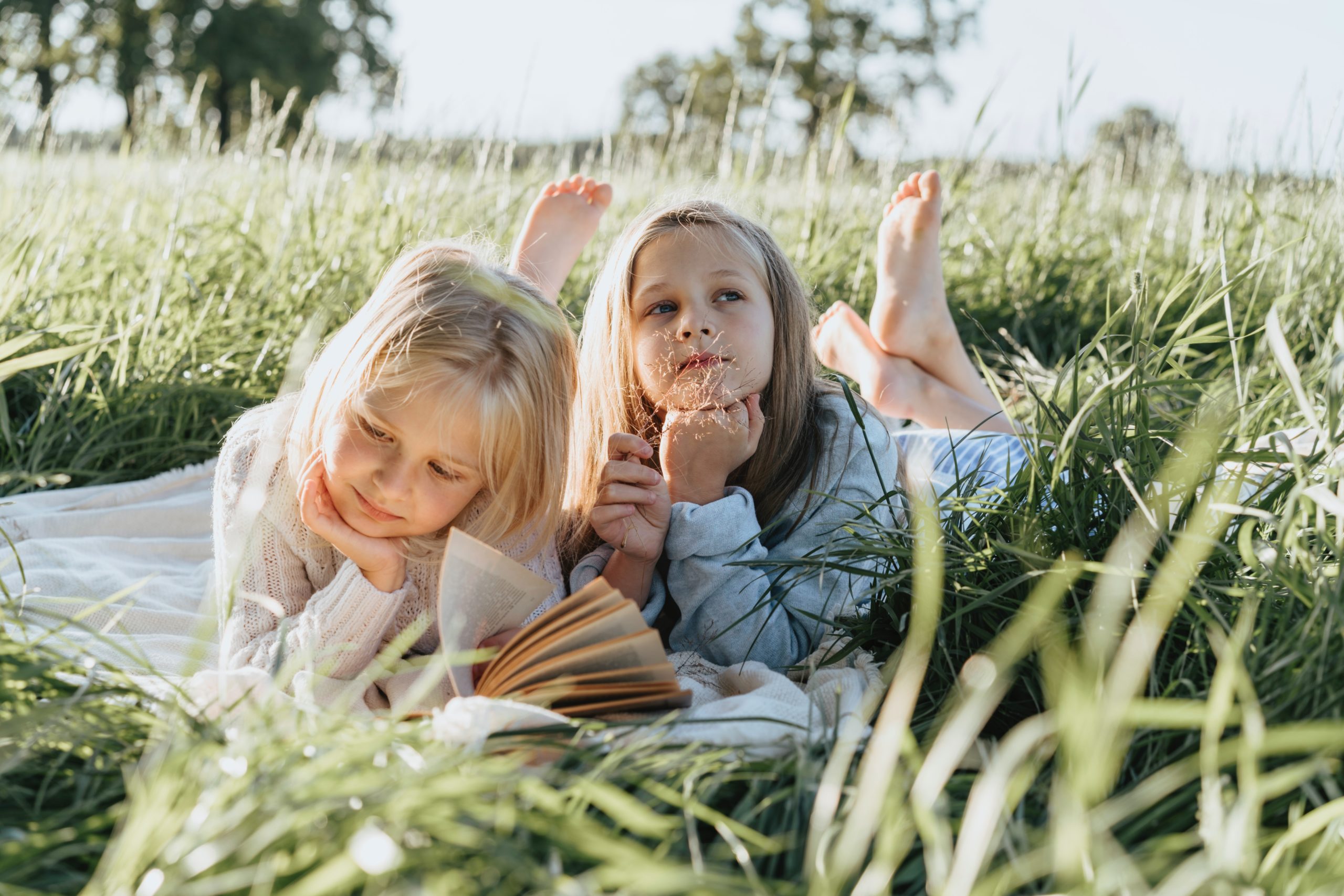Birth order expert and parenting educator, Michael Grose, discusses the role a child’s position in the family has on personality traits and life experiences, in the newest edition of Why First-Borns Rule the World and Later -Borns Want to Change it.

First-borns are the ‘family conservatives,’ according to Grose. They tend to be the spokesperson for the family, commonly following in the footsteps of their parents, and hold a regal-like position.
In a family of three or more siblings, second-borns are the charismatic ones, says Grose, as they position themselves within rules set out by first-borns makes them easy-going. While, the youngest tend to challenge the rules and are the risk-takers out of the three types.
First published in 2003 by Penguin Random House, and now 18 years later, Grose’s updated edition of his book incorporates a change in family structure.
“The theory is still the same but the context is quite different,” he says.

Grose is an expert in his field and helps counsel families through the lens of birth order. His book delves into the human psychology of the theory, analysing and explaining how and why it affects the way children, and consequently adults, behave.
Families are now more consistently having two siblings, rather than three or more, causing second-borns to have characteristics of last-borns.
This change in number of children per family, according to Grose, is known as a “micro-family”.
Gender, special needs or disability, the time spaced between births, twins or a death in the family can have an influence on the traits produced by birth order. As Grose states, these challenges or differences create “family constellations” rather than a numbered sequence which determines their characteristics.
Although “micro-families” are more consistent to today’s type of household, Grose’s definitions of birth order traits are the same as they were in 2003 and are mostly separated into three main categories: first-borns, second or middle-borns and last-borns.
First-borns tend to have traits such as:
• Goal/achievement orientated
• Conscientious
• Detail orientated
• Easier to raise/like to please/play by the rules
• Get things done
• Low risk-taker (stick to the things they are good at)
• Tendency for perfectionism
• Anxious/ tendency for neuroticism
• Rule makers/rule keepers/like routines
• Black and white in their thinking
Only children have personalities resembling first-borns, Grose adds.

Only children, but especially girls, can be extremely verbal but struggle with conflict resolution and conflict in general, he continues. Make sure they spend lots of time around kids their age and raise pets, as they need way to learn to get along with others, Grose clarifies.
Second-borns/middle children tend to have traits such as:
• Conflict resolution skills
• People Pleaser
• Resilient
• Competitive and always feel they must compete for parental attention
• Peacemaker/Mediators/Negotiators
• Most likely to upset/aggravate other siblings
• Flexible/ fitting in with the rules set by the first born still whilst exhibiting abilities different to the first-borns
• Sometimes get lost or forgotten by parents resulting in them feeling forgotten or left out

Last-borns tend to have traits such as:
• Street-smart
• Low conflict resolution skills, expects others to make decisions or take responsibility
• Charming and outgoing
• Can be quicker developing to catch up with older siblings
• Manipulative to get what they want
• Feels inferior, others seem superior
• Entrepreneurs
• Can be even more successful but also different from the older siblings
• Do not mind taking risks
If there are only two siblings in a family, i.e. “micro families,” middle-borns and last-borns merge traits becoming later-borns, with characteristics from the two types combined.
Gross couples “micro-families” and the blended later-borns with what he calls the “Prince Harry effect”.
Using the example of the United Kingdom’s Princes, William and Harry. William as the first born, is a “real-keeper,” he says.
Gross continues to define Prince William as someone who follows first-born characteristics such as being conservative and respecting the rules and marrying the “right person.”
In contrast, “Harry is the spare,” Gross says. Prince Harry has last-born characteristics as well as some second born ones. He challenges the rules and expresses his independence, Gross shares.
Although first-borns have leadership traits and are responsible, these traits should not be taken out of their context by saying all first-borns become leaders, Grose says.
Later-borns can be leaders too, but the way they lead, he argues, changes depending on their birth order. Examples of leaders and their order of birth:
First born: Joe Biden
Second-born/Later-borns: Scott Morrison and Jacinta Ardern
Last-born: Donald Trump
Grose recommends pulling back pressure on first-borns and to push more on last-born children.
He asserts that first-borns have a higher risk of mental health issues than later-borns, due to being high achievers, which is a common first-born personality trait.
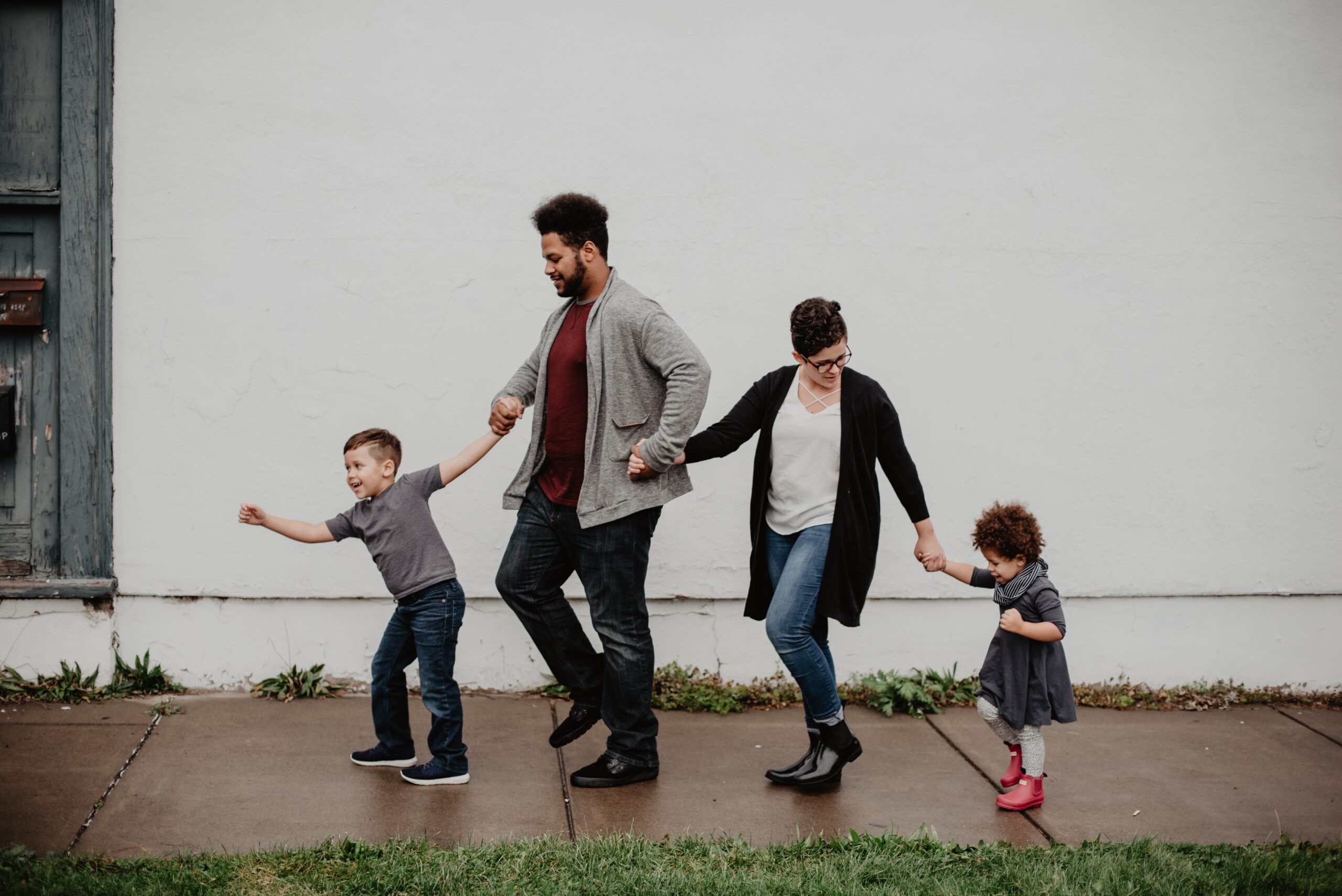
However, Grose does warn that not everything follows trends, there are always external factors to take into consideration for different behaviours. Nevertheless, understanding birth order helps parents’ parent their children.
In adult relationships, Grose says “opposites attract”, with the best combinations being first-borns and last-borns. He also suggests that parents tend to parent in relation to their own personal sibling position.
For example, later-borns or last-borns, as parents, are inclined to be more relaxed and less about rules, whereas first born parents take the role very seriously.
Grose, father of three and a last-born, began his career as a primary teacher, with 15 years of teaching experience he moved into parenting education by completing a Master of Educational Studies at Monash University.
He is now one of Australia’s leading speakers and educators, as well as a best-selling author, including his latest edition on birth-order theory.
He advocates the importance for teachers and parents to learn their students’ or child’s behaviour through the eyes of birth order, to establish better understanding of the individual and their needs.
To learn more about Michael Grose’s work on birth order, watch our exclusive interview with him below or on our YouTube channel.



